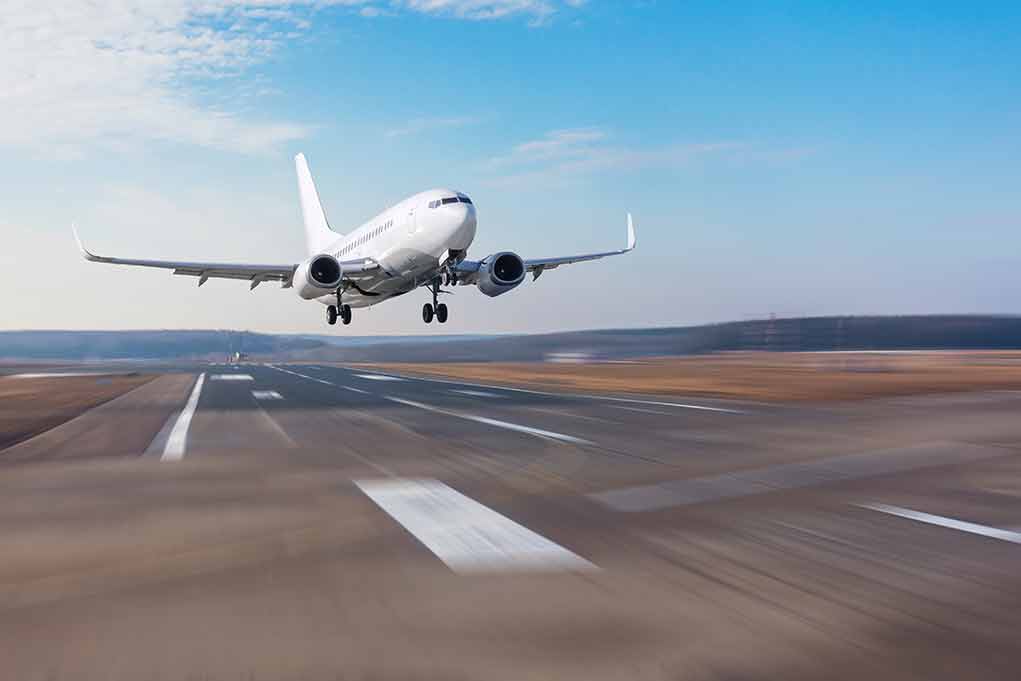
Secretary Duffy slams the Biden-Harris administration for leaving behind aging air traffic control equipment at Newark Liberty International Airport, resulting in massive flight delays and cancellations affecting thousands of travelers nationwide.
Key Takeaways
- Over 450 flights were delayed at Newark and Atlanta airports due to air traffic control failures and equipment outages, with Newark experiencing 82 cancellations.
- Newark Liberty International Airport is operating with an “old” system that was not updated during the previous administration, compounded by runway construction and staffing shortages.
- The Philadelphia TRACON facility, which guides aircraft in and out of Newark, has only 82 Certified Professional Controllers against a target of 114.
- Transportation Secretary Sean Duffy announced reduced traffic at Newark for several weeks and criticized the previous administration’s handling of air traffic control operations.
- Despite ongoing challenges, flight operations are showing improvement with cancellations dropping from 70 to 14 in a 24-hour period.
Newark Airport’s Perfect Storm of Problems
Newark Liberty International Airport has become the epicenter of travel chaos as a combination of staffing shortages, outdated equipment, and runway construction creates unprecedented delays. The Federal Aviation Administration implemented a ground delay program at Newark due to these compounding issues, resulting in average flight delays exceeding one hour and 41 minutes. Travelers faced massive disruptions when over 450 flights were delayed at Newark and Atlanta international airports, with Newark seeing 82 flights canceled and 85 delayed following a 45-minute ground stop caused by an air traffic control facility outage.
“The FAA has been slowing arrivals and departures at Newark Liberty International Airport due to runway construction at Newark and staffing and technology issues at Philadelphia TRACON, which guides aircraft in and out of the airport,” said an FAA spokesperson.
NEWARK FLIGHT DELAYS CONTINUE FOR 8TH STRAIGHT DAY via @petemuntean
The FAA warns that staffing shortages at the radar facility overseeing Newark Liberty International Airport (EWR), combined with ongoing runway work, will likely lead to more flight delays today.
According to… pic.twitter.com/TI3sWIc8Pi
— AirNav Radar (@AirNavRadar) May 5, 2025
Staffing Shortages Plague Air Traffic Control
A critical factor in Newark’s operational challenges is the significant staffing shortage at the Philadelphia Terminal Radar Approach Control (TRACON) facility, which handles aircraft approaching and departing from Newark. This facility currently operates with just 82 Certified Professional Controllers, well below the target of 114 needed for optimal operation. This staffing deficit, combined with technical issues and telecommunications outages, has created a perfect storm for travel disruptions. Passengers were warned of average 19-minute delays on all flights at Newark specifically due to “FAA staffing issues.”
“The federal register notice outlines proposed rates now and after runway construction,” explained an FAA spokesperson, highlighting the complexity of managing airport capacity during these multiple simultaneous challenges.
The situation at Newark reflects a broader pattern of infrastructure and staffing challenges that the Trump administration has inherited from the previous administration. Sunday’s massive delays were linked to a telecommunications issue at the Philadelphia TRACON, further complicating the airport’s ability to maintain normal operations and highlighting the fragility of the current system.
Secretary Duffy Takes Action
Transportation Secretary Sean Duffy has moved swiftly to address the crisis, announcing a reduction in traffic at Newark for several weeks following the radar malfunction. In a direct criticism of the previous administration, Duffy stated that the Biden-Harris team failed to update Newark’s systems and mishandled the transfer of air traffic control operations from New York to Philadelphia. This transfer, executed without adequate preparation, has exacerbated the current challenges and left travelers bearing the brunt of poor planning and infrastructure neglect.
Despite these challenges, Duffy has reassured the public about the safety of flying out of Newark, acknowledging the “old” system while committing to meet with airlines operating at the airport to develop solutions. The Secretary’s proactive stance represents a welcome change in approach to infrastructure management, prioritizing both immediate fixes and long-term investment in critical transportation systems.
Signs of Improvement
Despite the ongoing challenges, there are encouraging signs of improvement in Newark’s operations. Flight cancellations have dropped significantly, with only 14 cancellations reported in a recent 24-hour period compared to 70 the previous day. This progressive stabilization suggests that emergency measures implemented by the FAA and Secretary Duffy’s team are beginning to take effect, though travelers should still expect some disruptions as the system works toward full recovery.
“It’s the safest way to travel by far. I understand how people feel and empathize with that, but I know it’s safe because I’ve spent my whole career in it. I know all the people in aviation, whether they work at United Airlines, other airlines, the FAA. Safety is number one, and it is in the core DNA of everyone,” stated Scott Kirby, United Airlines CEO.
The situation at Newark Liberty International Airport underscores the critical importance of infrastructure investment and proper staffing in maintaining America’s aviation system. As Secretary Duffy and the Trump administration work to address these inherited challenges, travelers can expect a gradual return to normalcy at one of the nation’s busiest transportation hubs.











